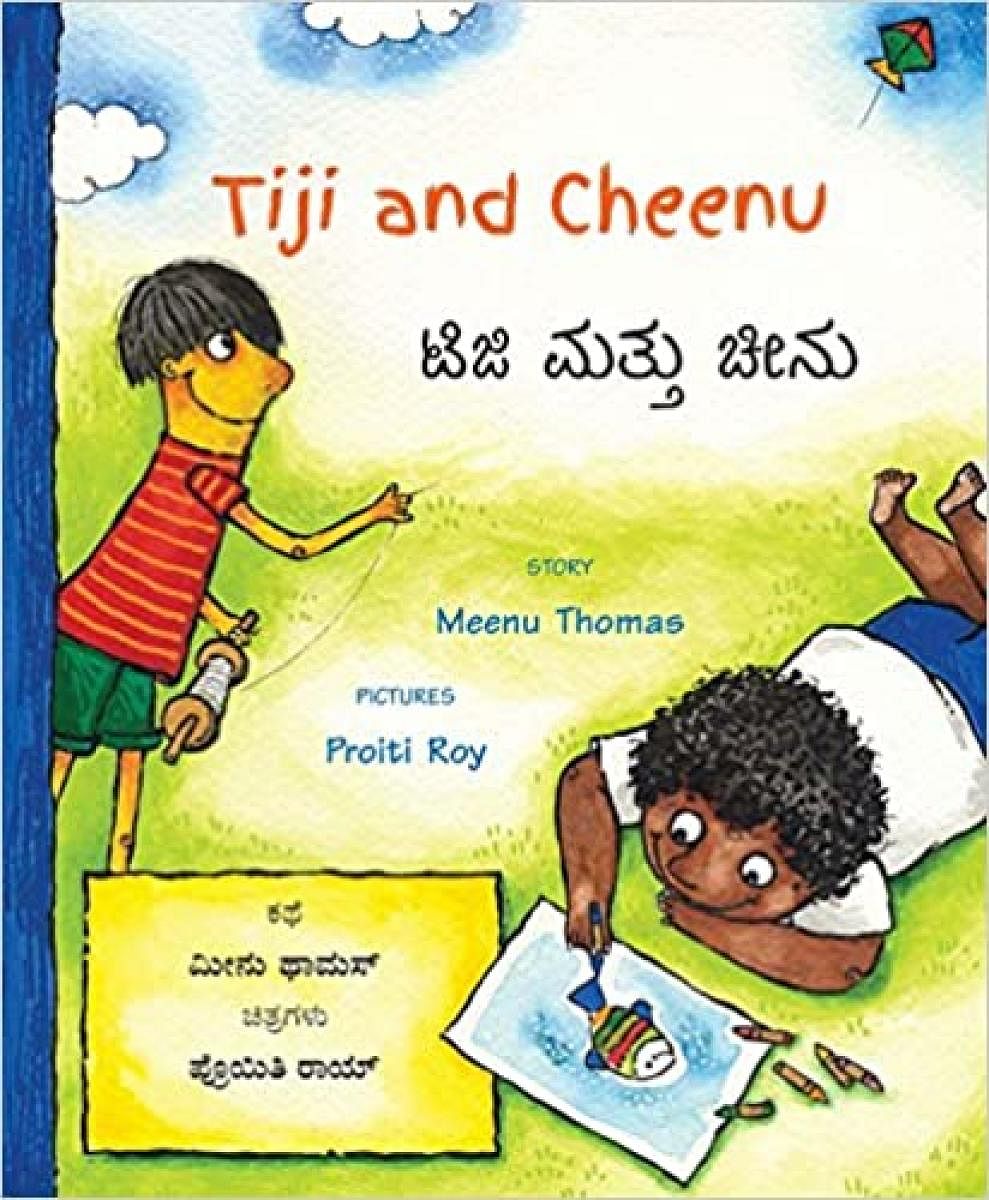
When I was a kid, my mother did all she could to make me read in Kannada. She raised me on G P Rajaratnam’s Kannada rhymes, bought me Dinakkondu Kathe by Anupama Niranjana, showed me children’s stories by Dr Shivaram Karanth and Na D’Souza in Kannada magazines, read out Nirmala Bharata by A R Krishnashastri… but I wanted to read only in English. Even after I read my grandfather’s book Archimedes in Kannada and understood the principles better than I had at school, it didn’t enter my clueless little head that reading in my mother tongue could be an enriching experience. My mother gave up.
Then, I left Karnataka for my postgraduate studies. Thrown into a sea of unfamiliar languages, I craved for Kannada in my life in any form. Next visit home, I brought Kannada books back with me. For the first time in my life, I read Kannada books out of my own free will and desire. Painfully slow at first, it got easier. The intimacy of it! The warmth of it! It changed everything I thought I knew about the pleasures of reading.
Fast forward to today. The same story is playing out all over again with me trying to get my daughter interested in Kannada books. The fact that we live abroad doesn’t help. The Kannada children’s literature that we grew up with is outdated. Yes, folktales, mythology, history, biographies are available — but how many of them are really interesting to children?
The translated books on StoryWeaver and bilingual books by Tulika kept us going for a bit, but now, she needs more. I have looked, but haven’t found original, interesting and contemporary Kannada literature for children. (If I’m wrong, I’d be happy to be corrected!) There is hope, though. Dr Nagesh Hegde won the 2018 Big Little Book Award for children’s literature in Kannada, instituted by the Parag Initiative of Tata Trusts, for his excellent books on science and environment. But, we need so much more. Without providing my daughter with Kannada books that can hold their own against the complex, expansive English books that she enjoys, how can I expect her to want to read Kannada (or even listen to it being read out by me)?
So, I did the next best thing. I sat her down and taught her the Kannada alphabet. If and when, in the future, she feels the urge to read Kannada, she will not need to start with the basics. Granted, right now, she takes as much time to read a 32-page Kannada picture book as a 1,000-page English novel. But, she can read.
Meanwhile, I look forward to original Kannada literature for children, or good translations of children’s literature from other languages. If your children (or you) haven’t yet experienced the joy of reading in your native tongues, perhaps you could use Rajyotsava as an occasion to take the first steps towards it, no matter what language/s you speak at home? It’ll be fun, I assure you.
The author got a master’s degree in energy engineering and worked in the IT industry until her daughter dragged out the writer lurking inside her. She has written eight books for children and can be reached at www.shruthi-rao.com
GobbledyBook is a fortnightly column that gives you a peek into the wondrous world of children’s books. Hop on! Or as Alice did, plunge into the rabbit hole.